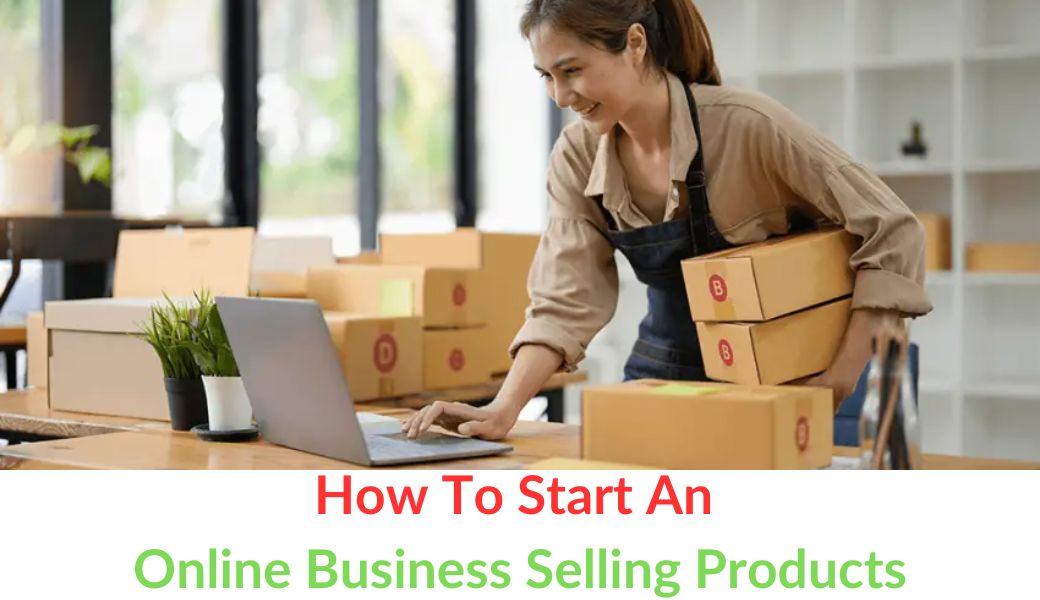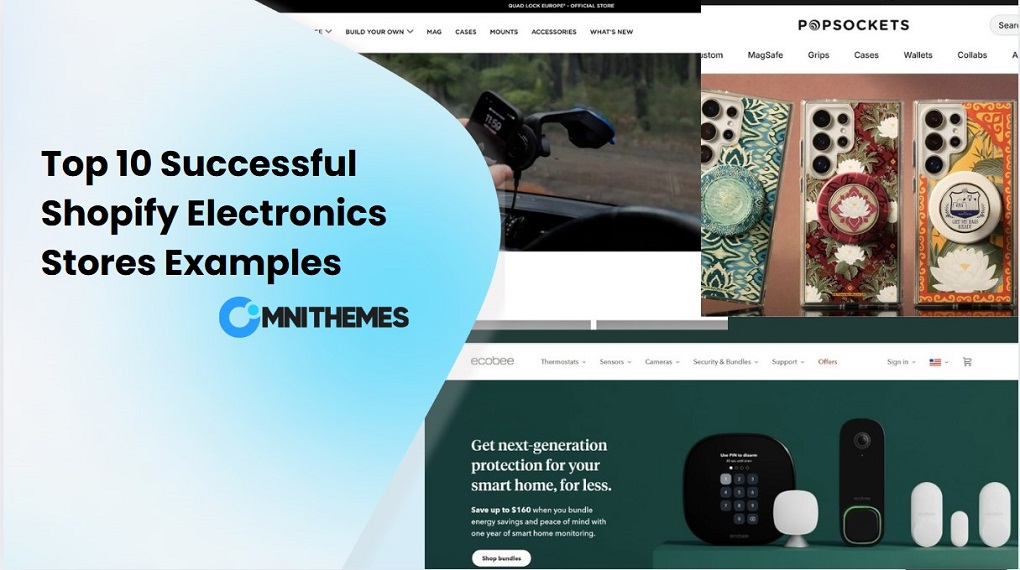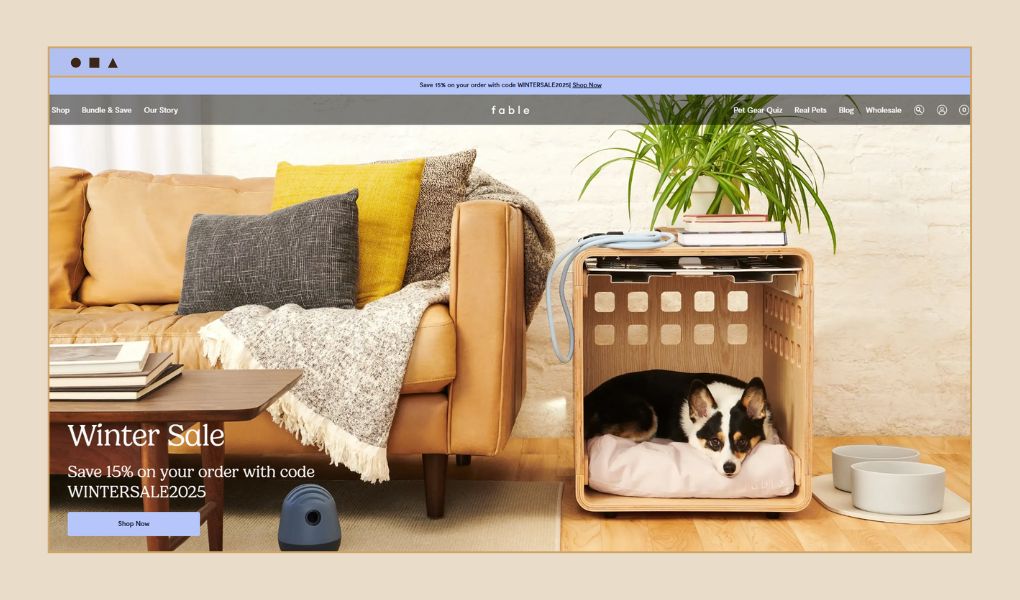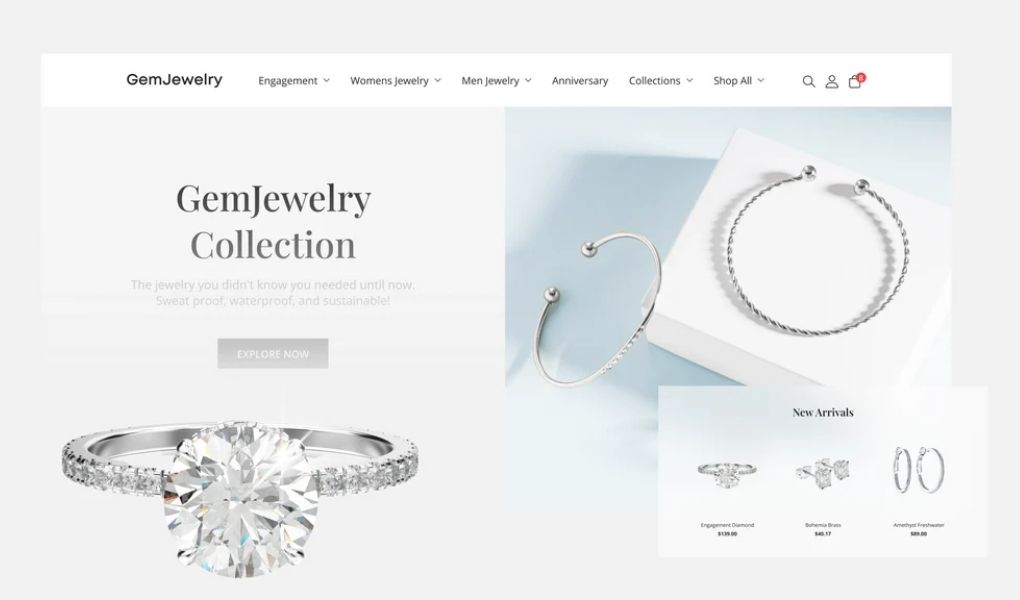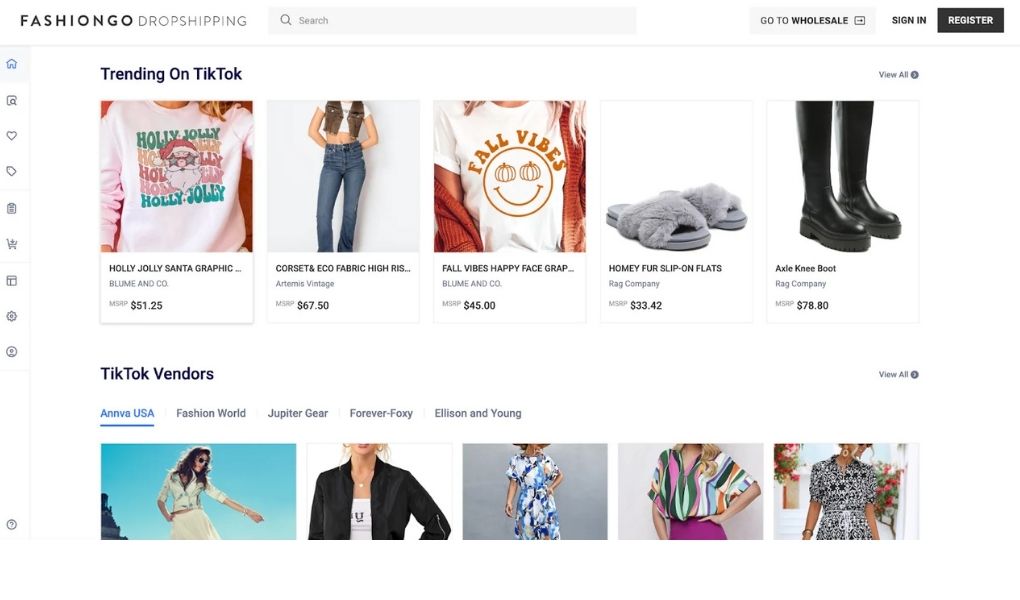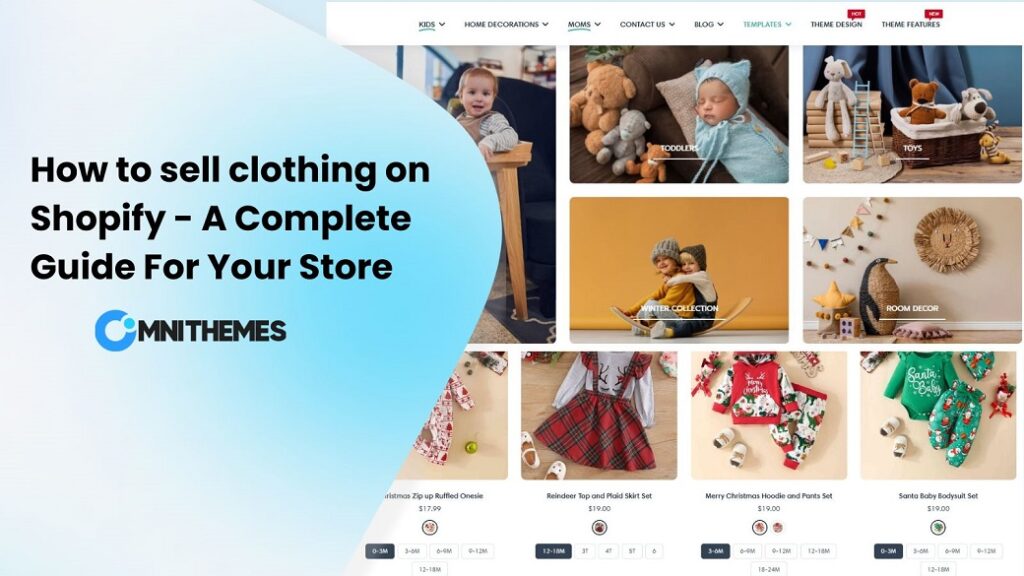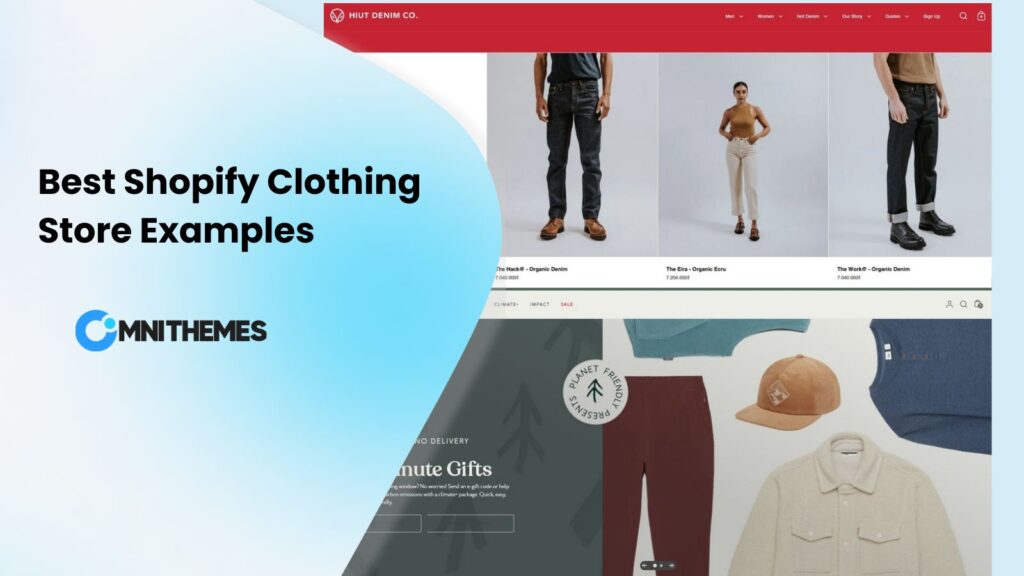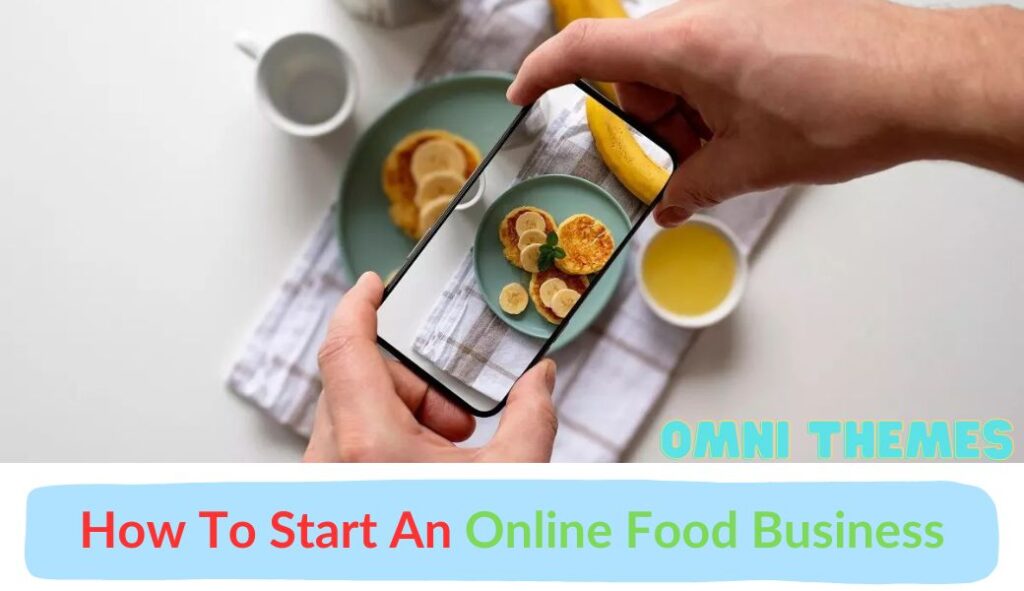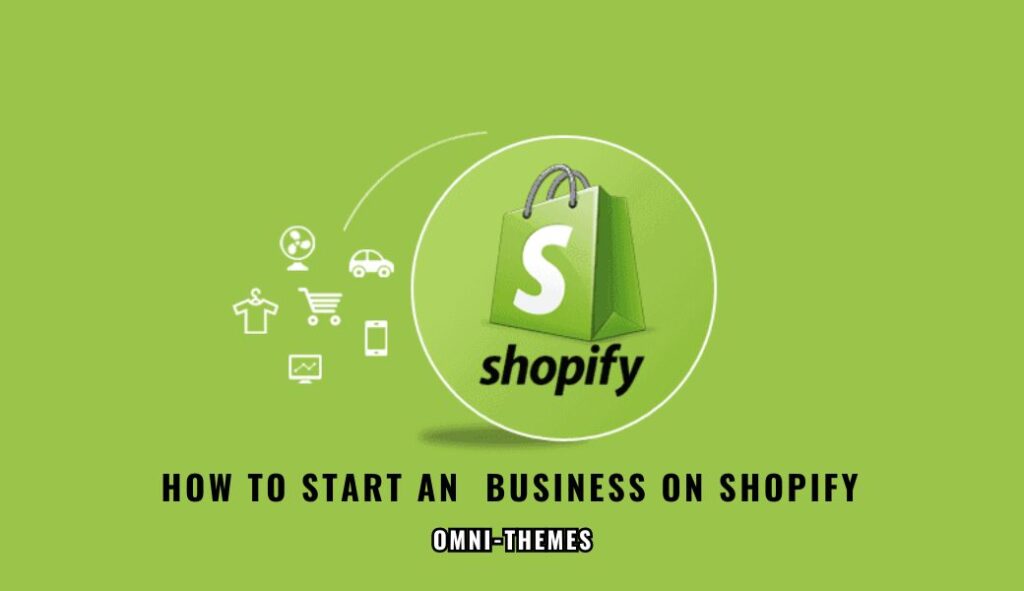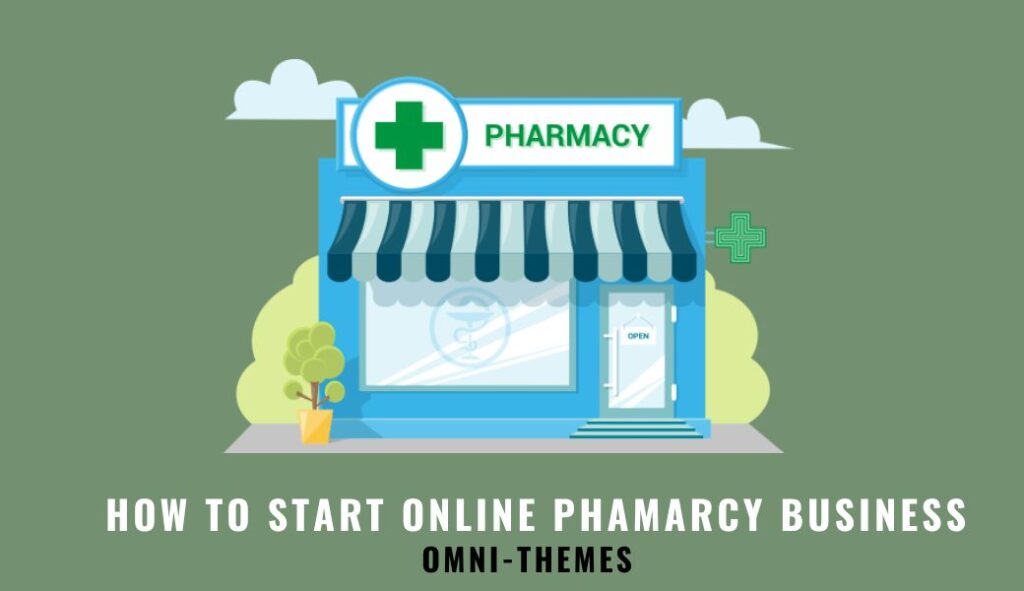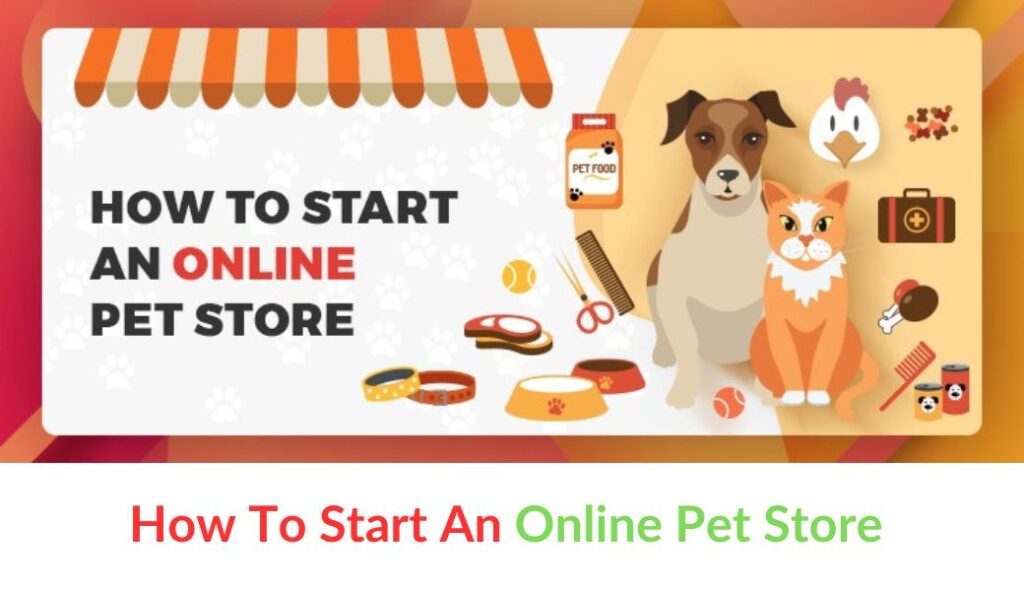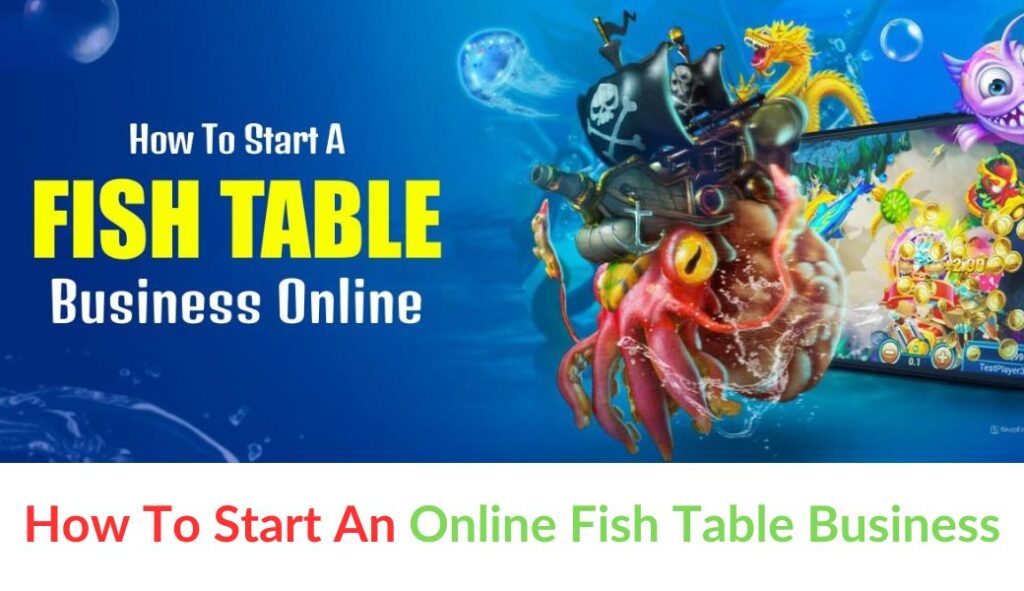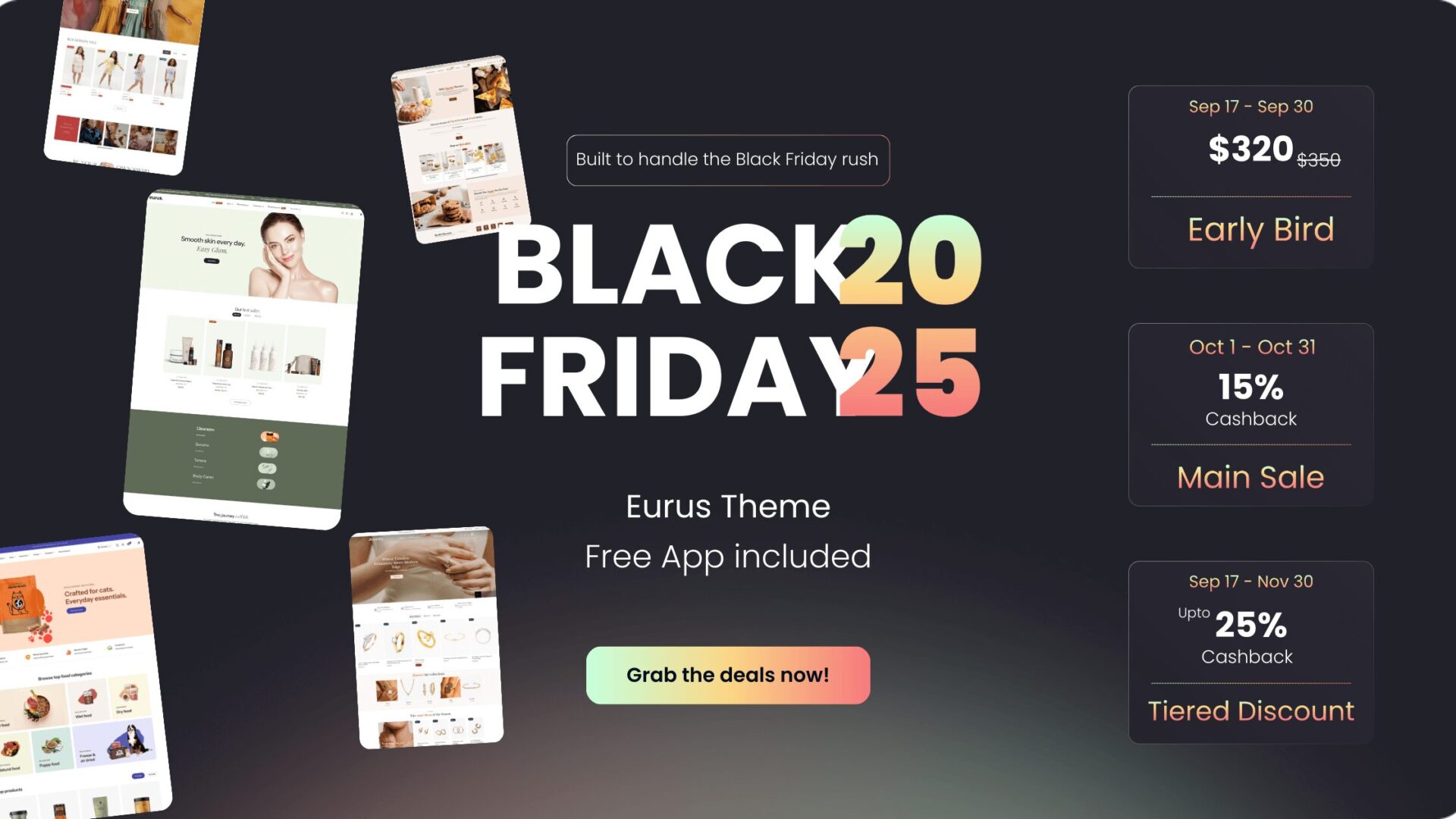The Internet has transformed the way people conduct business, creating limitless chances for entrepreneurs to sell their products online. Whether you have tangible products, digital services, or productized things to sell, the online marketplace offers a large client base and the potential to gain substantial profit.
Starting an internet company may be as simple as creating a website using the appropriate provider. If you want to sell things online, there are a variety of platforms and services available. It’s an excellent method to supplement your income or seek a completely new business opportunity.
This detailed tutorial will help you learn how to sell product online, even if you’re a complete newbie. Before we go into any of that, consider the advantages of selling online vs in person.
A detailed guide on How To Start An Online Business Selling Product
Continue reading to explore the step-by-step guide on how to start an online business selling products:
Implement some market research
The appealing aspect of ecommerce is that anybody, anywhere, can participate in the action. Whether you operate a small business or work for a major corporation, there are several chances to take your company digital and share in the profits.

Before developing your product, consider which markets are currently competitive and which have the possibility for development. Consider the markets in which you already have a presence or a passion, and then go from there. Use tools like Google Trends or Google Ads Keyword Planner to see which items and services are trending and how large the market is for your niche.
Following that, once you’ve identified your target market, you can assess what value you can provide in that market. Are people willing to purchase your goods or services? What amount are they willing to pay?
Select your main products
When deciding where to sell online, you must first choose the sort of goods. Depending on what you wish to offer, you might discover platforms with as many or fewer customization choices to build your product-selling business on.
Whether you’re selling handcrafted or homemade things, print-on-demand apparel, or custom-printed mugs, you should start with a business strategy. It is critical to identify your specialty and target audience right away. This simplifies marketing in the long term.
Just as it is necessary to select a niche market, it is also advisable to restrict down to a niche product. This can assist in lessening competition and increase your opportunities for growth.
Regardless of the business, you can sell two sorts of products: commoditized and specialized.
- Commoditized items:
Commoditized items are commodities or services that are in great demand or are popular, whether they are physical or digital. These are the things that everyone needs and account for the vast bulk of internet purchases. Consider everything you buy at Walmart or Amazon that has a well-known brand behind it: food, toothpaste, golf equipment, clothing, children’s toys, and so on.
- Niche items:
Niche products, on the other hand, are items or services that cater to certain client segments and product categories.
In many cases, they are one-of-a-kind or handcrafted pieces, making them among the most popular commodities purchased online. Niche items are frequently produced in small batch sizes or on demand. Consider a one-of-a-kind beaded necklace, a valuable antique, handcrafted frozen yogurt, or a leather iPad cover.
Find the suppliers of your products
Once you’ve settled on a product to offer online, you must identify a reputable supplier for that goods. Selecting a supplier is perhaps the second most time-consuming aspect of selling products online, and it comes with a slew of pitfalls to avoid – so be cautious! A supplier is one of your most crucial business partners, therefore, you want to make the proper choice.

There are numerous approaches to seeking suppliers, as described below:
- Searching Dropship Suppliers
If you prefer to do it alone, search engines like Google and online marketplaces like Alibaba and AliExpress may help you identify dropship providers. It takes far more effort, and you must be wary of bogus firms and frauds. However, if you’re ready to put in the work, you can identify reliable dropship providers this way.
Begin by Google “[your product] + dropshipper” and proceed from there. On platforms like Alibaba, you may contact suppliers directly and inquire if they provide dropshipping.
- Searching Wholesale Suppliers
When looking for wholesale providers, Google can help. However, you should be aware that the top suppliers frequently do not have a lot of time or money to engage in marketing (and their websites may appear to be very inexpensive), making them difficult to locate online.
If you want to get the greatest offer, you will need to do some research. One solution is to engage with local wholesale suppliers or to attend trade events and meet vendors in person. Many of the merchants on Alibaba, AliExpress, and other large online marketplaces will be wholesalers, so you may contact them and ask questions. If you’re looking for a shortcut, SaleHoo is always available.
- Searching Manufacturers
Manufacturers may be found in the same way that other vendors are: on Google, SaleHoo, and prominent online shopping sites. However, if you’re having someone create your goods, you’ll need to check a lot more boxes on your checklist. You must be even more careful and use due diligence.
Ideally, you should visit the facility, speak with the manufacturer, and try their products and services before placing your first purchase. Finding a quality manufacturer is critical to the success of your business.
>>> Read more an useful article: How To Start An Online Retail Business From Scratch
Target your main audience
You may have a fantastic product, but it will do you no use if you market it to the incorrect audience. However, having a thorough grasp of your target demographic can allow you to make better marketing and advertising decisions, resulting in more consumers and more money.
Follow these tips to help discover and categorize your consumer base:
- Ask prospective clients questions
- Determine market trends
- Examine rivals
- Create buyer personas
Identify the main eCommerce platform that you are going to sell
Before you start developing your online store, you need to do some research to choose which ecommerce platform you want to sell on, whether it’s your own online store, Amazon, eBay, Facebook, or another online marketplace.
Fortunately, there are several SaaS ecommerce systems on the market that allow merchants to sell things online for a fixed monthly charge, independent of their technical skill level. Alternatively, if you have coding knowledge, you may use open-source software to create your own internet store.
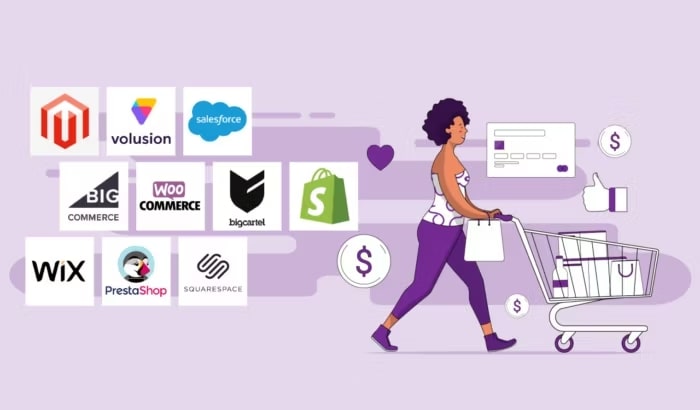
If you don’t sell multiple channels, you risk losing a transaction to a rival that has more diverse offerings. Below are some of the main platforms that you can select to place your online store:
Customers may interact with your brand on Facebook Marketplace and even make purchases directly from your Facebook Business Page. The platform is mobile-friendly and free, and Facebook Shops are completely configurable, allowing you to integrate an existing product catalog or establish a new one on the site.
- TikTok
TikTok, a relatively young participant in the social commerce space, has evolved into far more than simply a short-form video-sharing software. TikTok is now a viable ecommerce site, complete with product connections, advertising, and LIVE shopping options.
Instagram is well-known for its visually appealing photographs, stories, and videos, making it ideal for posting high-gloss brand graphics. Instagram is an excellent social media tool for driving traffic and conversions since it allows for photo, video, and user-generated content.
- Etsy
Etsy, a renowned marketplace for artists and creatives, is great for selling handcrafted, custom-made, and antique items. Etsy, although being a very small marketplace, caters to merchants selling digital items such as digital downloads and website themes.
- eBay
eBay is a popular online marketplace that sells a wide range of things, including apparel, home furnishings, antique treasures, and artwork. If the product is worth selling, you can list it on eBay. However, since the marketplace caters to a wide range of enterprises, it may be more challenging to discover your specialty and stand out from the competitors.
- Amazon
As the world’s third-largest online marketplace, Amazon allows companies to sell their items to a huge audience and broaden their global reach. Amazon also provides FBA (Fulfillment by Amazon), which allows merchants to ship their items in bulk to Amazon’s global fulfillment centers and have them delivered to customers swiftly.
Build a complete online store
After choosing the eCommerce platform to start selling online, you’re now ready to start creating your own online store. Allow us to assist you in thinking of some crucial elements that your online business should have:
Brand name
No matter how good your product is, a forgettable brand name runs the danger of being lost in the crowd. However, a memorable, fascinating brand name has the power to captivate your audience and drive them to your website.
In many respects, a brand name conveys the story of your company. It expresses what your company stands for, what your values are, and what you can provide your clients. As a consequence, buyers frequently identify your brand name with the product and how it makes them feel.
Here are the 5 tips to help you establish a good brand name:
- Put pen to paper and discuss with key stakeholders to come up with a list of names.
- Keep it basic, using clear, descriptive terms and aiming for a positive tone.
- Select a name that will look and sound well on logos, slogans, and your domain name.
- Stand out from the throng, and make sure your name does not sound like that of your rivals.
- Avoid current buzzwords and instead create a name that is traditional and enduring.
Domain Name
A domain name is considered your website’s official address, such as youronlinestore.com. Typically, your domain will be your company’s name. However, domains are notoriously tough to locate, so if you’re having trouble finding an open domain, consider using your company name combined with a relevant keyword or your locality.
To begin looking for an available domain, go to one of the top domain registrars, such as Namecheap or Domain.com. From there, you may look for domain names and buy your own for about $12 to $15 each year.
Website design
The visual appearance of your online store will have a significant impact on how people view your brand. Prospective buyers will most likely see your site design before viewing your items, so make sure it gives the impression you want.

The good news is that some ecommerce systems include user-friendly website themes and templates, allowing retailers to personalize their shop without the burden of doing it themselves. Shopify, for example, has a plethora of free and paid design themes organized by industry and kind of product collection, allowing merchants to create a stunning store fast and effortlessly.
Shipping and fulfillment
Shipping and fulfillment are other crucial considerations when establishing an online company. Unless you’re supplying templates or designs for use online, you should consider all delivery alternatives and their cost-effectiveness.

Free delivery is a terrific way to encourage people to buy, but you must cover the shipping expenses yourself. If your preferred carrier’s delivery prices in your area are rising, offering specials or other incentives may be a better option.
While free delivery is nice, keep in mind that you will need to absorb the cost and factor it into your product pricing. Another approach is to use the shipping company’s real-time prices so that you do not under or overcharge the consumer.
Set up several payment methods
While setting up your online store, don’t forget to add different payment gateways to create flexibility for your payment service.
When you establish your online business, you should be ready to accept payments. Accepting payments through your online business can be simple or difficult, depending on how much effort you are ready to perform.
You will need to provide a variety of payment choices to your consumers. You do not need to accept every payment method, but the more flexible you are, the more sales you will generate.
- Case 1:
If you operate a website and wish to accept payments, you may work with one of the finest payment processors to include a shopping cart, a payment page, or a payment form. A processor is a third party who manages the payment transaction when a client purchases online. In seconds, the payment processor talks with your shop and the customer’s bank to confirm there is sufficient money to execute the transaction. It also takes security measures to prevent the use of fraudulent payment methods.
- Case 2:
If you currently accept credit cards in your physical business, your existing payment processor should be able to handle your online transactions. If you signed a contract, you might be legally required to utilize that firm as your online processor. Square, Stripe, and PayPal are among the most popular online payment processors.
- Case 3:
Payments are typically integrated into e-commerce platforms such as Shopify. Some systems allow you to interact with a third-party payment processor, however, there may be an additional price.
Overall, the more payment options your e-commerce site supports, the better. You must take credit and debit cards, but you should also accept digital payments like Apple Pay and Google Pay.
Execute marketing for your store
Once your online business is set up, you must market it to attract clients. Advertising is critical for increasing business exposure and product sales. There are several ways to market, ranging from social media to PPC advertisements, and you should normally use numerous channels.

Here are several marketing strategies that we would like to suggest in case you are in need of practical methods to market your own business:
- Social Media Marketing: Use social media sites such as Facebook, Instagram, and Pinterest to market your products and interact with your intended audience. Create intriguing posts, offer visually attractive photographs, and use social media advertising to broaden your reach.
- Search Engine Optimization (SEO): Improve your website’s content and structure to increase its presence in search engine results. Target relevant keywords and write insightful, keyword-rich product descriptions and blog articles to increase organic traffic.
- Influencer Marketing: Work with relevant bloggers, YouTubers, or social media influencers in your industry to reach their audience and utilize their impact. Influencer endorsements and product reviews may greatly increase your brand’s visibility and trustworthiness.
- Email Marketing: Increase your email subscriber list by giving incentives such as discounts or unique content. To build consumer connections and encourage repeat purchases, offer newsletters, specials, and tailored suggestions on a regular basis.
- Paid Advertising: Use platforms such as Google Ads and Facebook Ads to create targeted ad campaigns. These platforms enable you to target certain demographics, hobbies, and habits, ensuring that your items are visible to potential customers.
Implement a combination of these marketing methods to the greatest extent possible, concentrating on those that are most relevant to your target audience and resources.
Bonus: Eurus theme – The support of your online business
In the process of building your own online business to sell products, you will need lots of support from external sources, including online themes. Especially if you choose Shopify (one of the most popular eCommerce marketplaces worldwide) as the eCommerce platform to build an online store, the choice of theme is much more crucial. Luckily, Shopify is distributing lots of high-quality themes to serve various user’s segments, and Eurus is among the best Shopify ecommerce theme for now.

Currently, Eurus theme can support users with building stores in various categories like fashion, sports, food, outdoors & gardening, etc.
The Eurus theme includes everything from a huge menu and product labeling to more complex features such as cross-selling, color swatches, event calendars, product bundling, smart suggestions, and more. Eurus currently has an average customer rating of 100%, with the majority of that coming from customer service and website performance.
Here are some key features that the Eurus theme can provide to help you build your own online store:
Main features
- 40+ customizable sections
- Product Swatches
- Event Calendar
- Product filter
- Quick view & Quick add
- Promotion banner
- Email signup/Newsletter
- 4-layer Mega Menu
- and so on
In conclusion
Selling things online provides amazing prospects for businesses. Setting up an internet business is simple, and after you’ve done so, you’ll most likely find e-commerce to be really advantageous. You can do it all from home and contact anybody, anywhere, at any time.
Following the procedures provided in this tutorial will allow you to start a profitable internet business from the ground up. Let us know how you’re doing while you sell things online and if you have any concerns regarding the process.
Make sure to utilize online premium themes like Eurus to perfect the customization process of your online business.

